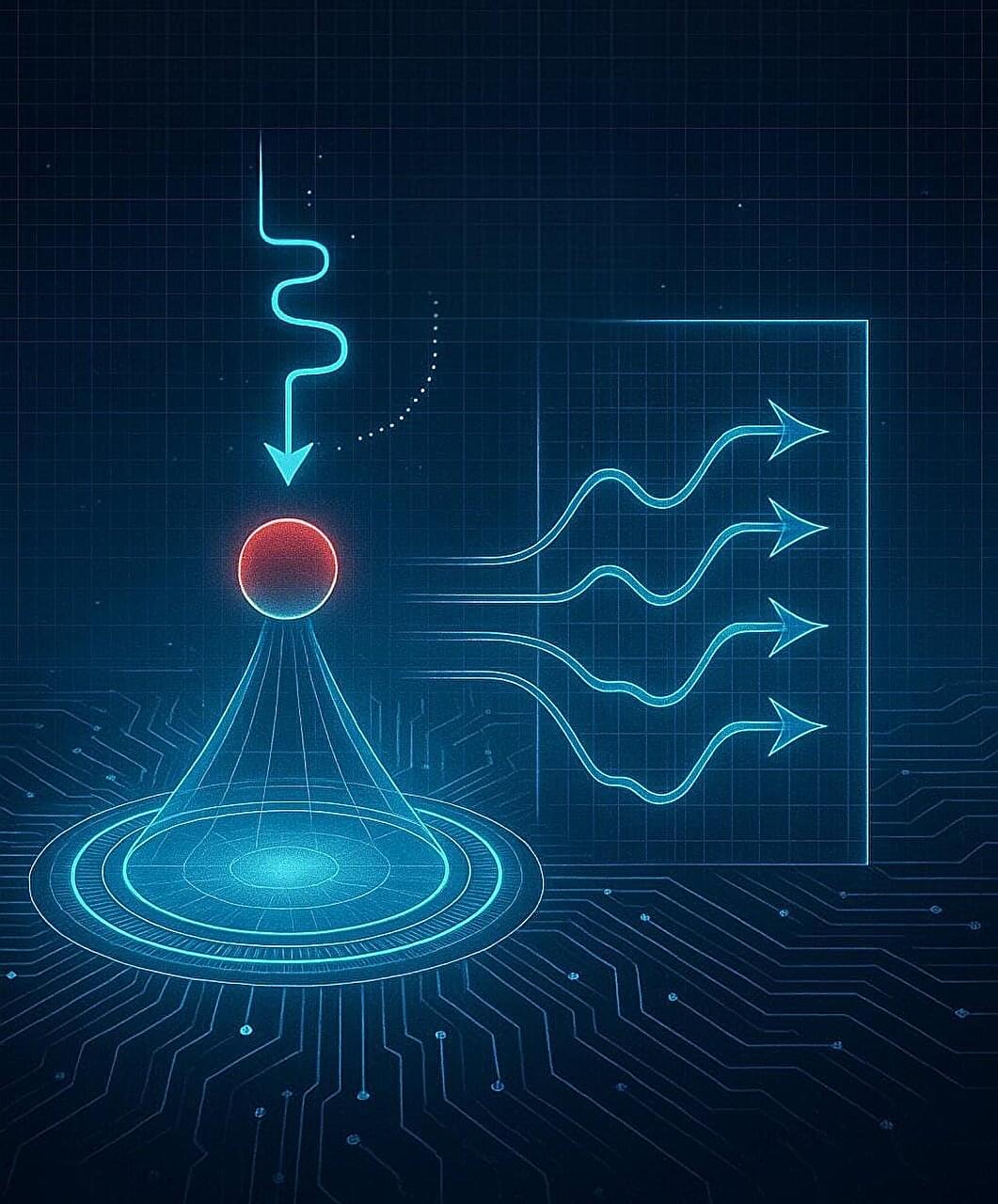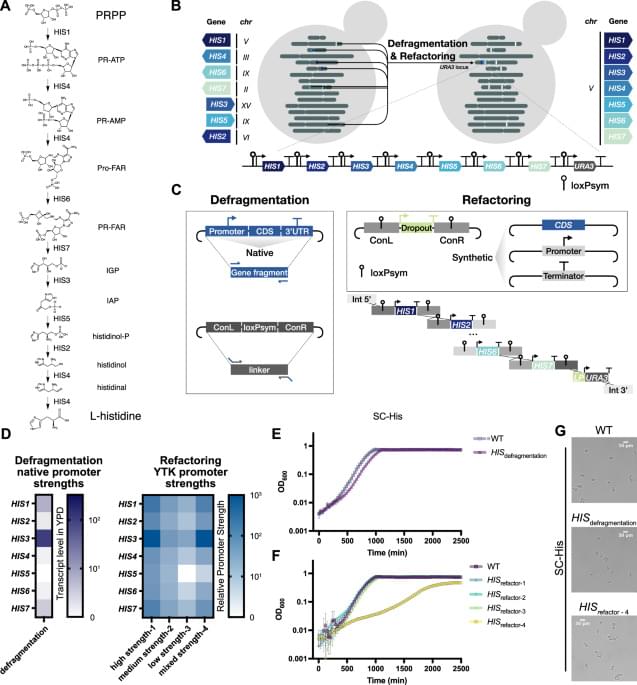Microsoft patches CVE-2025–49760 Windows RPC flaw enabling spoofing, hash theft, and privilege escalation.






A photonics research group co-led by Gregor Weihs of the University of Innsbruck has developed a new technique for generating multi-photon states from quantum dots that overcomes the limitations of conventional approaches. This has immediate applications in secure quantum key distribution protocols, where it can enable simultaneous secure communication with different parties.
Quantum dots—semiconductor nanostructures that can emit single photons on demand—are considered among the most promising sources for photonic quantum computing. However, every quantum dot is slightly different and may emit a slightly different color. This means that to produce multi-photon states, we cannot use multiple quantum dots.
Usually, researchers use a single quantum dot and multiplex the emission into different spatial and temporal modes, using a fast electro-optic modulator. The technological challenge is that faster electro-optic modulators are expensive and often require very customized engineering. To add to that, they may not be very efficient, which introduces unwanted losses into the system.

Researchers at the University of Southern California (USC) in the US turned to an often overlooked particle for storing and processing quantum information to overcome the fragility of quantum computers and make them more universal in the near future.
Positioning one such particle in a quantum computer can help overcome errors in quantum computing, a university press release said.
The age of quantum computing promises computations at speeds that will make even the fastest supercomputers of today appear like snails. These computers leverage quantum properties of materials to store information in quantum bits or ‘qubits’

In this Longevity Summit Dublin 2025 talk, Dr. David Furman (Buck Institute for Research on Aging) reveals how space medicine is becoming a powerful model for studying accelerated aging. From NASA collaborations to organoid experiments in simulated microgravity, Dr. Furman shows how heart, brain, and immune organoids age up to 10 years in just 24 hours — and how this can accelerate drug discovery for neurodegeneration, cardiovascular disease, and immune decline. Learn how microgravity research can predict your biological future and identify interventions to slow or reverse aging.
Chapters:
00:00 Introduction & NASA collaboration.
01:25 Accelerated aging in astronauts.
03:02 Simulating microgravity with organoids.
05:16 Brain, heart & immune system aging signatures.
07:03 Biological age clocks in organoids.
09:22 Parkinson’s, cardiomyopathy & immune dysfunction findings.
11:56 Translating microgravity science into longevity medicine.
13:43 Predicting future aging trajectories.
15:34 Beyond Age – a clinical test for aging projection.
16:17 Closing remarks.
#LongevityScience #AgingResearch #Microgravity #SpaceMedicine #BiologicalAge #LongevitySummit

Rosatom scientists have announced the development of a plasma electric rocket engine that they claim could send spacecraft to Mars in just one to two months.
As reported by Russia’s Izvestia newspaper, unlike traditional rocket engines that rely on fuel combustion, this innovative propulsion system utilizes a magnetic plasma accelerator and promises to reduce interplanetary travel time significantly.
Russian scientists claim to have developed a plasma electric rocket engine that could enable travel to Mars in just one to two months.

Among the many wonders of the brain is its ability to master learned movements—a dance step, piano sonata, or tying our shoes—acquired through trial-and-error practice. For decades, neuroscientists have known that these tasks require a cluster of brain areas known as the basal ganglia.
According to a new study led by Harvard researchers in Nature Neuroscience, this so-called “learning machine” speaks in two different codes—one for recently-acquired learned movements and another for innate “natural” behaviors. These surprising findings from lab rats may shed light on human movement disorders such as Parkinson’s disease.
“When we compared the codes across these two behavioral domains, we found that they were very different,” said Bence Ölveczky, professor of organismic and evolutionary biology (OEB).